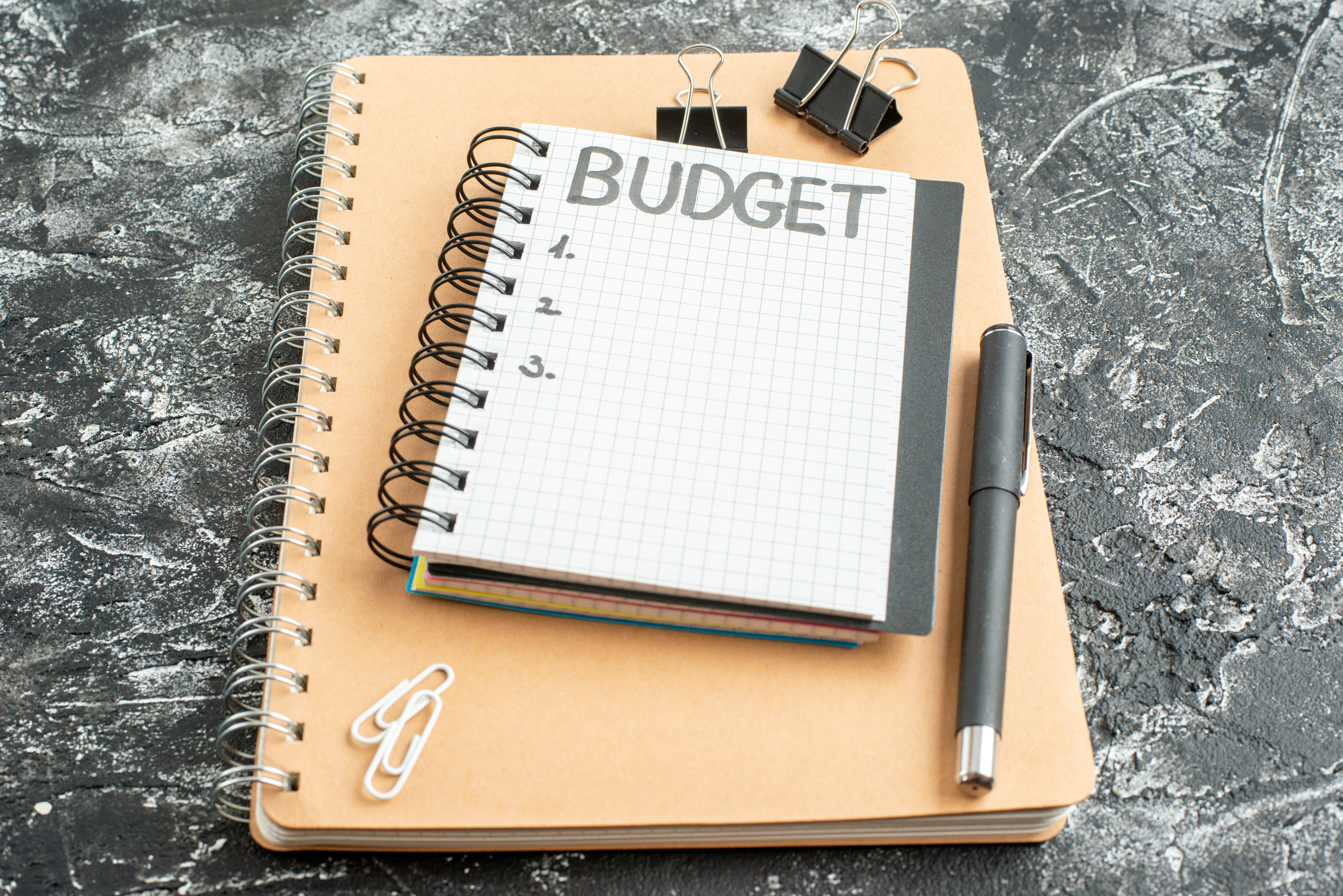Simple Steps to Start Saving
Jumping into the world of saving and budgeting often seems intimidating, but it's genuinely easier than it looks. Start by writing out how much you earn—from your regular job, side gigs, and even government benefits—including the dates those amounts land in your account. Next, list all your monthly expenses as honestly as possible. Include rent, groceries, utilities, plus little extras like takeout and digital subscriptions. If you've never tracked these before, peek at your bank history or receipts to get the full picture.
Set a realistic starter savings goal, like putting aside two hundred dollars in three months. Small goals help build momentum and show you that saving is possible, even on a tight budget. Try out the 50/30/20 rule: aim for 50% of income to cover needs, 30% for wants, and the last 20% for savings and debt repayment. You might need to adjust those numbers based on your circumstances, but always prioritize at least a small portion for savings.
Look for "easy wins" where you can save without feeling deprived. Cutting unused streaming services, cooking meals at home, or sticking to a simple shopping list are great places to start. Every dollar you redirect toward savings adds up fast.
Consistency beats intensity over time. Even putting $10 or $20 a week into savings builds up quickly. Use a calendar reminder, automatic transfer, or budgeting app to help make it a habit.
Regular progress checks help you stay on track. Whether you prefer the high-tech route or a good old-fashioned chart stuck to the fridge, watching your savings total slowly increase gives a real sense of accomplishment. When you reach a milestone, reward yourself—maybe with a movie night or a favorite treat.
Budgeting is an ongoing process, not a one-time fix. With a simple system, steady habits, and periodic check-ins, anyone can start saving and feel more confident about their money.

